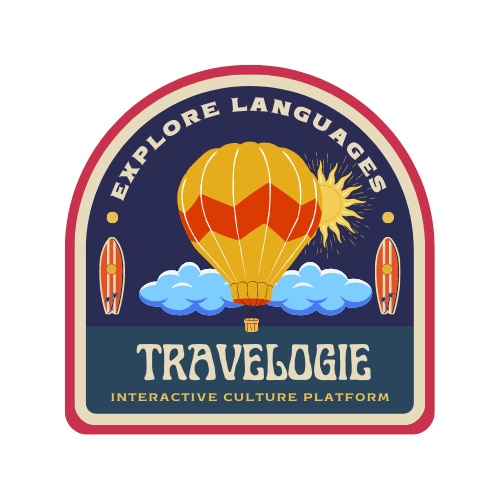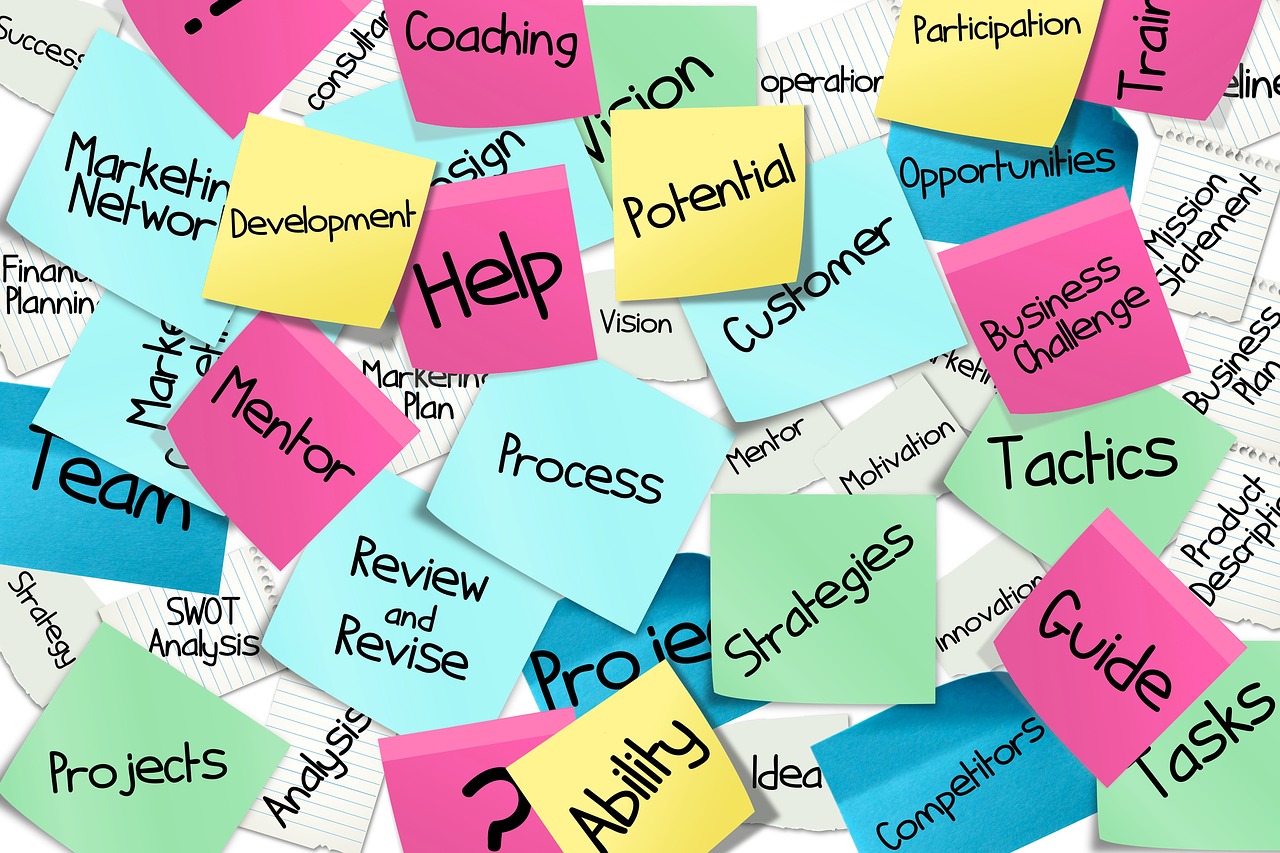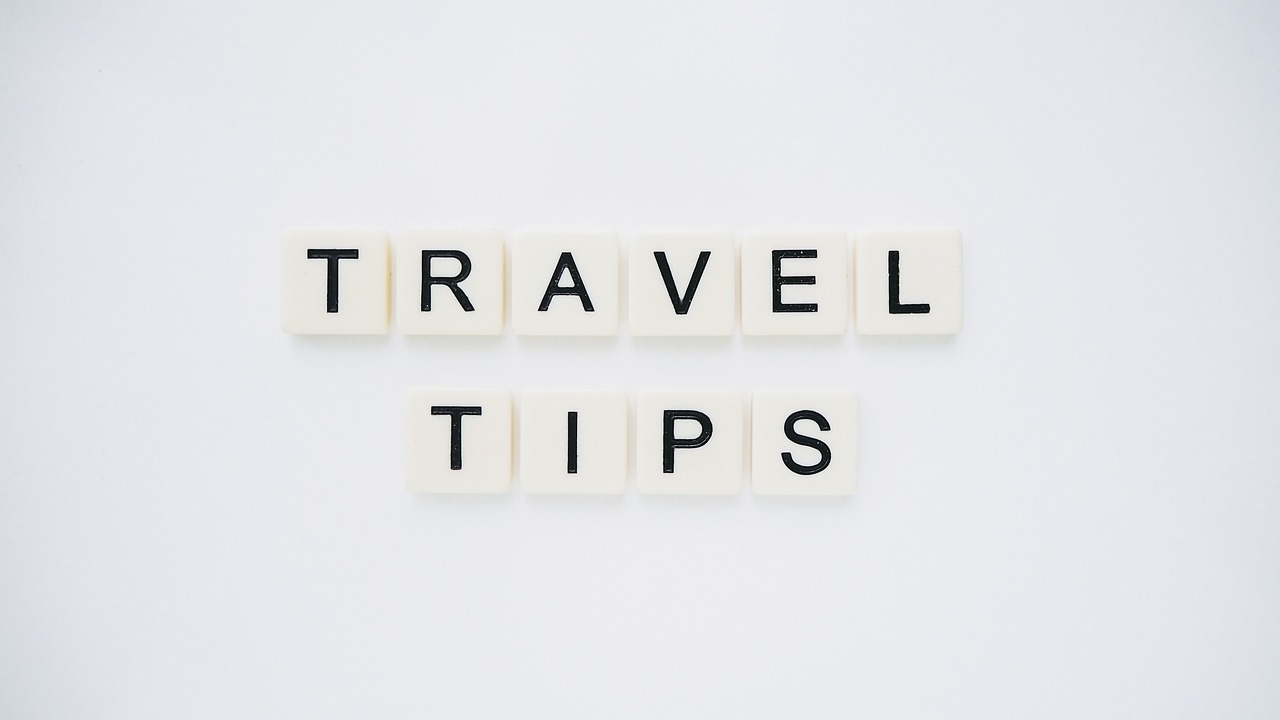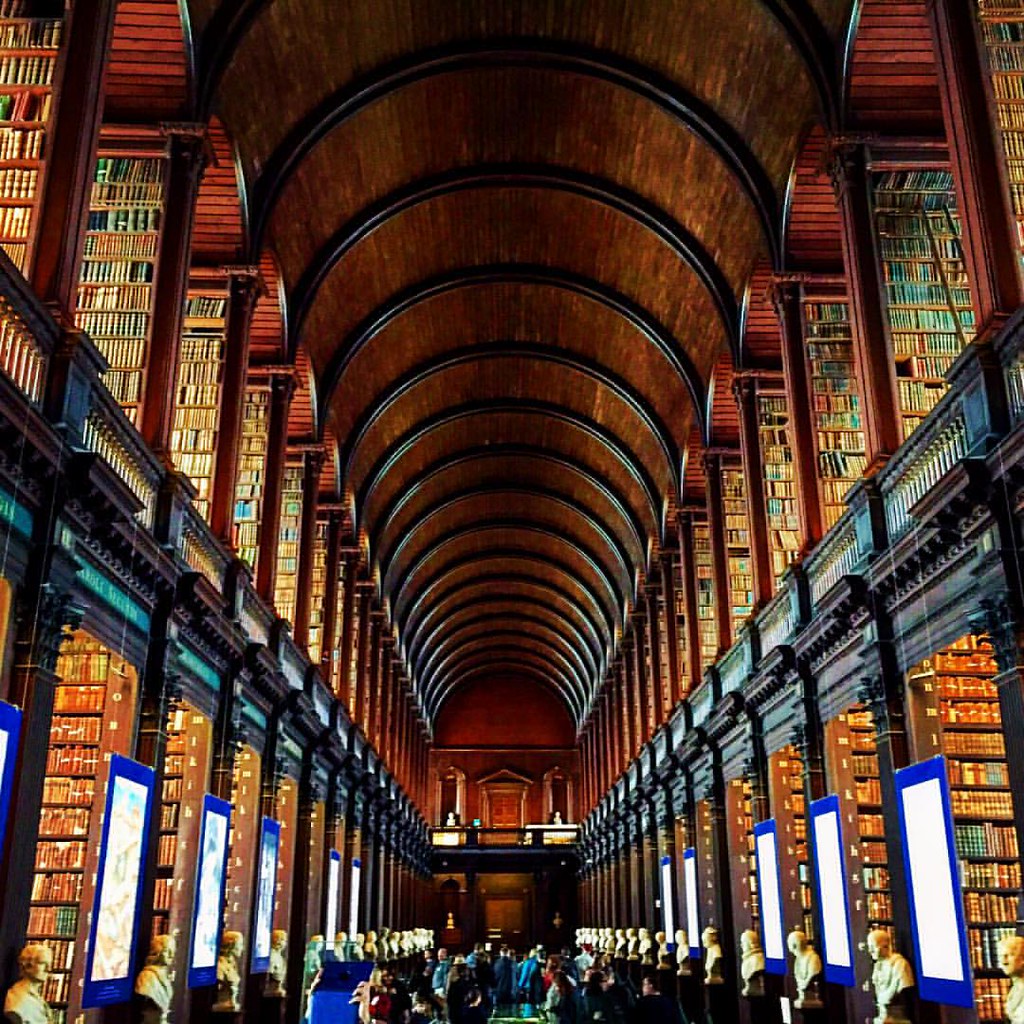Seoul, Korea
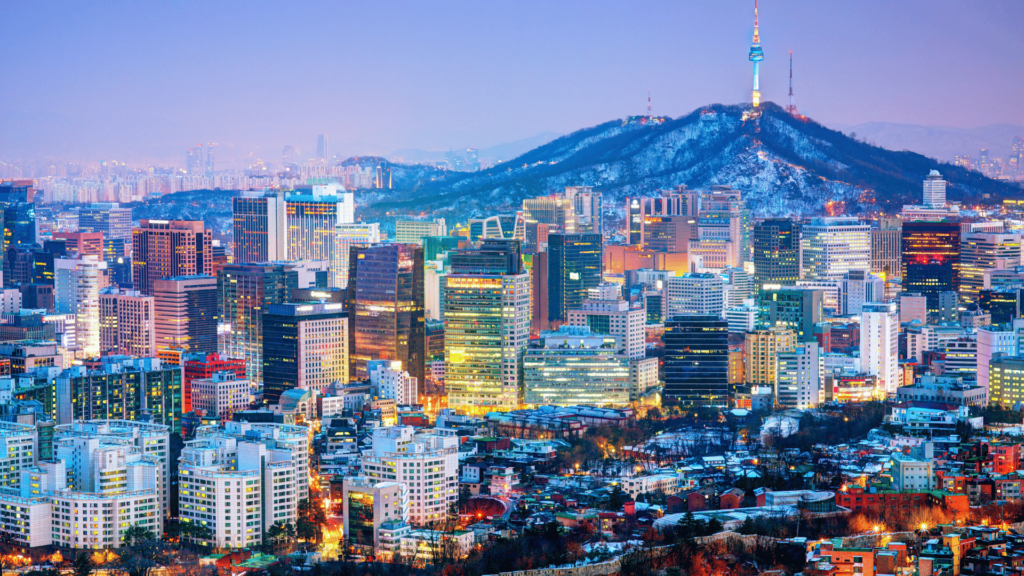
Seoul, the capital of South Korea, is a city with a long and rich history that dates back to the Joseon Dynasty (1392–1910). During that time, the city was the capital of the Korean Empire and played a crucial role in the development of the country‘s culture, economy, and politics.
• Seoul was founded in 18 BCE as Wiryeseong, a fortress city in the northern Korean peninsula. It served as the capital of the Goryeo dynasty from 1394 to 1592.
• In the early 20th century, Seoul was occupied by Japan from 1910 to 1945. During this time, Seoul developed into a modern city with new infrastructure like railways, roads, and utilities. Many historical sites were destroyed but new buildings in a Japanese colonial style were constructed.
• After World War 2 and Japan‘s surrender, Seoul became the capital of South Korea. It experienced rapid rebuilding and economic growth in the post-war decades. Many landmarks, businesses, and industries were established.
• In the 1960s, Seoul hosted the Asian Games and started developing into a major economic hub. In the following decades, Seoul grew into a global city and economic powerhouse. It is now a leading global financial hub and a major center for technology, fashion, and pop culture.
• Seoul has a long history as the capital city of Korea for over 600 years. It has gone through periods of war, colonization, destruction, and rapid development. Today, Seoul is a modern metropolis but still retains many historical sites, palaces, shrines and cultural landmarks that showcase its rich history.
• Seoul was founded in 18 BCE as Wiryeseong, a fortress city in the northern Korean peninsula. It served as the capital of the Goryeo dynasty from 1394 to 1592.
• In the early 20th century, Seoul was occupied by Japan from 1910 to 1945. During this time, Seoul developed into a modern city with new infrastructure like railways, roads, and utilities. Many historical sites were destroyed but new buildings in a Japanese colonial style were constructed.
• After World War 2 and Japan’s surrender, Seoul became the capital of South Korea. It experienced rapid rebuilding and economic growth in the post-war decades. Many landmarks, businesses, and industries were established.
• In the 1960s, Seoul hosted the Asian Games and started developing into a major economic hub. In the following decades, Seoul grew into a global city and economic powerhouse.
•Today, Seoul is a major global city and a leading center for culture, education, and technology. It is home to a number of major corporations, including Samsung and LG, and it has a thriving startup scene. The city is also a popular destination for tourists, who come to experience its rich history and culture, as well as its modern amenities and attractions.
Here are the top tourist attractions to visit in Seoul, Korea:
1. Gyeongbokgung Palace: Located in central Seoul, this is Seoul‘s largest palace and landmark. Entry cost is free. Hours are Tuesday-Friday 9am-6pm, Saturday-Monday 9am-7pm. Website: https://www.ggsc.go.kr/info/ggsc_eng.jsp
2. Changdeok Palace: A UNESCO World Heritage site located in central Seoul. Entry cost is ₩12,000 for adults. Hours are Tuesday-Sunday 9am-6pm. Website: http://english.cha.go.kr/
3. Bukchon Hanok Village: Located in Seoul’s central Jongno district. This village has hundreds of traditional Korean hanok houses. Entry is free. Open 24 hours. Website: http://www.bukchon.org/English/main.asp
4. Namdaemun Market: One of the oldest open-air markets in Seoul. Sells clothes, crafts, antiques, and food. Open 24 hours. Entrance is free. Website: https://namdaemun.seoul.go.kr/seoul/main/index.jsp
5. Seongbuk-dong Sassang-ho Road: A popular neighborhood lined with boutiques, cafes, and secondhand bookstores. Free to explore. Open daily. Website: http://english.visitseoul.net/attractions/Attraction_detail.do?contentId=ATT000040
6. N Seoul Tower: An observation deck on Namsan Mountain with views of Seoul. Costs ₩13,000 for adults. Hours are daily 9:30am-11pm. Website: http://www.nseoultower.co.kr/
7. Gwangjang Market: One of the oldest food markets in Seoul selling meat is free. Website: https://gwangjang.seoul.go.kr/main/main.jsp
The national currency used in Seoul, South Korea is the Korean Won (₩).
• The currency code for Korean Won is KRW.
• 1 Korean Won is subdivided into 100 chon.
• The won is issued by the Bank of Korea.
• Coins come in denominations of ₩1, ₩5, ₩10, ₩50, ₩100, ₩500, and ₩1,000.
• Banknotes come in denominations of ₩1,000, ₩2,000, ₩5,000, ₩10,000, ₩20,000, ₩50,000, and ₩100,000.
• The won is not freely convertible and is subject to exchange controls. It is pegged to a basket of currencies.
• The won symbol is ₩. It is placed before the numeral. For example, ₩1,000.
• The won has been the currency of Korea since the Korean War in the early 1950s. Before that, Korea used the Japanese Yen.
Seoul, Korea has a humid continental climate, with warm summers and cold winters. The average temperature in January is –5°C (23°F), while the average temperature in August is 25°C (77°F). The city also receives a significant amount of rainfall throughout the year, with the wettest months being July and August.
There are two major airports in Seoul, South Korea:
- Incheon International Airport (ICN) The Incheon International Airport is the largest and busiest airport in South Korea. Incheon Airport
- Gimpo International Airport (GMP) The Gimpo International Airport is the second largest airport in the country. 메인 | GIMPO INTERNATIONAL AIRPORT(영문)
Both airports serve domestic and international flights.
Here are the main types of transportation in Seoul, South Korea:
• Subway – Seoul has one of the largest subway systems in the world with over 20 lines that cover most of the city. Website for subway info: www.smrt.co.kr/eng/
• Buses – Seoul operates bus routes covering the entire city. There are regular buses as well as express buses. Website: english.seoulmetro.co.kr/bus/bus_route.jsp
• Light rail – There are 4 light rail lines in Seoul that run from downtown to the outskirts. Website: english.seoulmetro.co.kr/lightrail/lightrail.jsp
• Taxi – Taxis are readily available in Seoul and relatively inexpensive. You can hail taxis on the street or book them in advance through taxi companies.
• Rail – There are high-speed KTX trains connecting Seoul to major cities in South Korea. Intercity rail services within Seoul are limited. Website for KTX info: www.korail.com/
• Bike sharing – Seoul launched a public bike sharing system in 2015 with hundreds of bike sharing stations across the city. Website: bikeseoul.seoul.go.kr/ ( vehicles – Driving in Seoul can be challenging due to traffic and limited parking. Renting a car is an option for those who want to travel outside the city.
• Ride sharing – Services like Uber, Kakao T, and Drifter are popular for getting around Seoul. These phone app-based ride sharing options provide a convenient door-to-door service.
